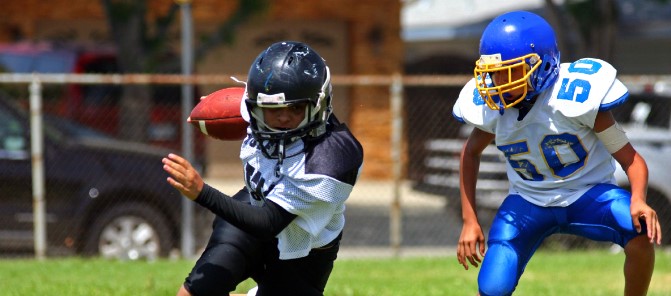Revolutionizing Muscle Injury Recovery: Study Unveils Power of Hypoxia?
 Muscle injuries, a prevalent issue among athletes, can often lead to significant downtime and, in severe cases, retirement from sports. Traditional recovery methods can be slow, involving surgery, medication, and rehabilitation.
Muscle injuries, a prevalent issue among athletes, can often lead to significant downtime and, in severe cases, retirement from sports. Traditional recovery methods can be slow, involving surgery, medication, and rehabilitation.
However, a new study from the University of Barcelona suggests a novel approach that could transform the way these injuries are treated.
 The study, led by Garoa Santoildes, Teresa Pagès, Joan Ramon Torrella, and Ginés Viscor, showcases the benefits of intermittent exposure to low oxygen levels (hypoxia) in a hypobaric chamber, akin to high-altitude conditions, for accelerating muscle recovery.
The study, led by Garoa Santoildes, Teresa Pagès, Joan Ramon Torrella, and Ginés Viscor, showcases the benefits of intermittent exposure to low oxygen levels (hypoxia) in a hypobaric chamber, akin to high-altitude conditions, for accelerating muscle recovery.
This innovative method, detailed in the Journal of Physiology, marks the first scientific validation of hypoxia's role in enhancing muscle injury recovery.
Professor Viscor sheds light on the potential for this method to not only benefit athletes but also alleviate the impact of workplace injuries.
"The study indicates that any type of muscle injury could recover more quickly with intermittent exposure to hypobaric hypoxia."
The underlying mechanism involves the activation of the HIF (hypoxia-induced factor) pathway in response to reduced oxygen availability, triggering a cascade of beneficial metabolic changes. Professor Santocildes:
"When the amount of oxygen reaching the cells is not sufficient, the HIF protein acts as a switch that activates a series of changes."
These changes include the proliferation of capillary vessels and the enhancement of mitochondrial efficiency, vital for the regeneration and recovery of injured muscle tissue.
This study aligns with the evolving perspective on muscle injury recovery, transitioning from the traditional RICE (Rest, Ice, Compression and Elevation) therapy to the more dynamic PEACE (Protection, Elevation, Avoid NSADs, Compression, Education) and LOVE (Load Management, Optimism, Vascularization, Exercise) approaches.
Incorporating hypobaric hypoxia into recovery protocols represents a paradigm shift, promising to improve outcomes and potentially revolutionize therapy for not only sports-related injuries but also conditions like sarcopenia and post-COVID-19 syndrome recovery.
Professor Torrella suggested a future where this method could enhance the efficacy of existing and emerging therapies:
"Exposure to hypobaric hypoxia is fully compatible with this new paradigm."
As the medical and sports communities continue to explore and validate these findings, the promise of a faster, more effective recovery method offers new hope to those affected by muscle injuries, pointing towards a future where downtime is minimized, and recovery is maximized.
![HR Logo [Recovered]_Full Color Vertical-1](https://blog.healthyroster.com/hs-fs/hubfs/HR%20Logo%20%5BRecovered%5D_Full%20Color%20Vertical-1.png?width=199&height=178&name=HR%20Logo%20%5BRecovered%5D_Full%20Color%20Vertical-1.png)
 By
By


